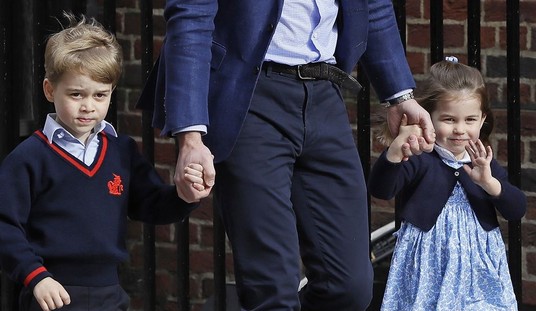Camille Paglia once suggested that real sex education would involve sitting a tween girl down and giving her a stark reality check. Forget condoms on bananas. The real issue would be: Do you want to have babies or not? Then, let the life planning begin.
Instead, what the majority of millennial students received via public education were the basics on how to avoid pregnancy and STDs (as if you can lump a new life in with a gross disease) along with a strong push to plan for a career before thinking about having a family. America is now reaping the fruits of an entire generation of public labor:
In a new report, the Urban Institute think tank writes that in 2012, there were only 948 births per 1,000 women in their 20s, “by far the slowest pace of any generation of young women in U.S. history.” …The report authors say they don’t know whether Millennial women will eventually catch up in childbearing like women who lived through past recessions did.
Overall, the report paints a positive picture for women of color and a neutral one for white women. On one hand, women might be enjoying living carefree and childless into their 30s. On the other, a nationwide shortage of babies hasn’t worked out well for places like Germany, Denmark, or Japan, where aging populations threaten economic growth and the sustainability of pension funds.
Eighty-one percent of white women are experiencing a decrease in birth rate because they simply aren’t marrying. These career women are living out their Carrie Bradshaw or Hannah Horvath fantasies without realizing that they are de-funding the very socialized economy for which they so heartily advocate. All that free birth control won’t be so free if they don’t produce a new generation of babies to pay for it down the road.
What’s more, these women are inevitably relying on a paternal government that will take care of them well into their old age. Considering that the public education system has already trained them to economically produce, the question becomes: If they require more care than they are financially worth, what makes their aging bodies a good public investment?









Join the conversation as a VIP Member